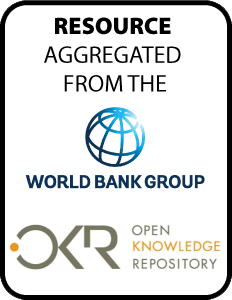Resource information
The enabling environment for the
development of Nepal has improved, but opportunities need to
be effectively leveraged through focused policy action.
Nepal has significant resources in the form of remittances
from abroad, but the economy cannot use these resources in a
productive manner to enhance the overall welfare of all
citizens. Specific priorities for development include: (1)
creating a growth promotion vision and agenda; (2)
resolution of Nepal s fiscal paradox ; (3) boosting
investments; and (4) tackling enduring financial sector
risks and managing excess. After a difficult year in FY13,
the economy is poised to recover, albeit modestly. In FY13,
Nepal achieved only modest growth of 3.6 percent. This was
due largely to poor performance of the agricultural sector
as well as very modest levels of industrial activity.
Nepal s internal and external balances are sound but not for
the right reasons. Low expenditure and robust revenue
growth accounted for a large budget surplus and declining
debt. Nepal s external position is comfortable because of
large remittance inflows. On the external side, Nepal has
benefited from the depreciation of the rupee but also and
much more significantly- from a sharp further increase in
inward remittances which are expected to amount to over 30
percent of GDP in FY14. Monetary policy has sought to
achieve a delicate equilibrium between controlling inflation
and supporting economic activity but the optimal balance may
evolve and call for corrections. For FY14, the outlook is
cautiously optimistic. As remittances have become a defining
feature of the Nepali economy the country must learn to
manage excess liquidity.


